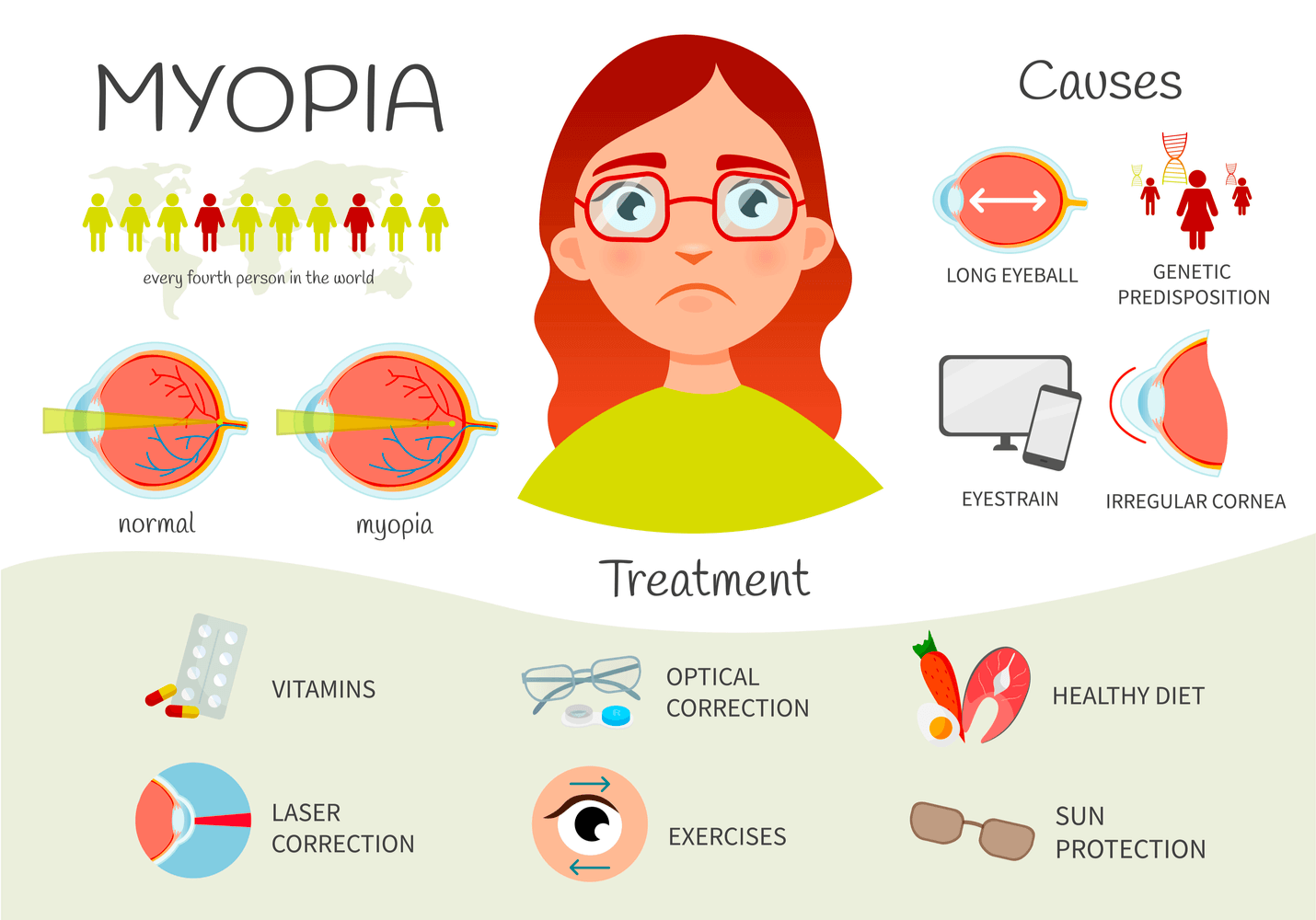
introduce
Feeding is the main event in the lives of babies and toddlers. It is the focus of attention of parents and other caregivers, as well as a source of social interaction through verbal and non-verbal communication. Eating experience not only provides food, but also provides opportunities for learning. It not only affects children ‘s physical development and health , but also affects their social, psychological and emotional development . The feeding relationship is influenced by culture, health and temperament.
Subject
The basic component of infant feeding behavior is the relationship between the child and the main caregiver. The first three years of life are a special challenge because the feeding ability and needs of children change with exercise, cognition and social development. In the first stage of self-regulation and organization (birth to three months), the child integrates the experience of hunger and satiety to develop a regular feeding pattern. In the second stage (three to seven months), the infant and parents form an attachment that enables them to communicate with each other, and the infant develops basic trusting and self-soothing behaviors. In the third stage (6 to 36 months), the child gradually “separates” from his parents emotionally and discovers a feeling of independence or autonomy.
With the participation of family meals, the social component of feeding expands. Children begin to imitate the dietary choices, patterns and behaviors imitated by family members. The structure of the family meal provides restrictions for the child because he or she has achieved independent feeding skills. The availability, shape, media exposure, and interaction of specific foods determine children’s eating behaviors and food preferences.
The behavior of the caregiver and the temperament of the child will affect the feeding relationship. Parents who allow their baby to determine the timing, amount, and pace of meals can help her baby develop self-regulation and secure attachment. Parents who allow her child to explore the environment while providing structure and appropriate restrictions help her child develop motor and social skills. Effective parents will adjust and react according to the child’s temperament-the child’s emotional response, adaptability and response to changes. Temperament affects the way the child touches and responds to new foods and the way the parent feeds.
Culture may significantly influence the feeding experience. It can not only determine the choice of infant feeding (breast milk or formula milk), but also determine related behaviors (shared sleep is related to long-term breastfeeding), the length of the feeding method (late weaning in developing countries and early weaning working mothers in developed countries) (Compared to domestic) and outside the home feeding environment (childcare in a home where the mother works outside the home).
problem
Mild and transient feeding problems occur in 25% to 35% of young children, while severe and chronic feeding problems occur in 1% to 2%. Common symptoms include overeating, poor diet, feeding behavior problems, and unusual or unhealthy food choices. Although medical barriers and inappropriate food choices can cause feeding problems, these conditions are usually related to early problems in the parent-child feeding experience. Problems with self-regulation, attachment, temperament, and autonomous development may contribute. Drug abuse or mental illness by caregivers, children’s developmental delays or health conditions, and parent-child personality/temperament conflicts may lead to worsening of attachment.
Although most feeding problems in infants and young children are temporary, in late childhood, adolescence and adulthood may affect emotional and social development. People with early childhood feeding problems are more likely to develop obesity, cardiovascular disease, diabetes, and behavioral problems.
- Overeating. The prevalence of overweight and obesity in the United States increased to 10.4% in children aged 2 to 5 years, 15.3% in children aged 6 to 11 years, and 15.5% in children aged 12 to 19 years. These children are not only at risk for medical problems (such as diabetes, hypertension, orthopedic problems, obstructive sleep apnea), but also have poor self-esteem, disturbed body image, social isolation, maladjustment, depression, and eating disorders. Social stigma starts as early as kindergarten and continues into school age because their peers may reject overweight children. Parents’ concerns about overeating and obesity may lead to inappropriate restrictions on young children’s diet.
- Poor eating or not gaining enough weight . When a child is active and more interested in games and the environment than meals, parents may misunderstand that her child is not getting enough nutrition. Some parents have inappropriate expectations for adequate food portions and weight gain. Growth occurs when the child’s weight gain rate drops to one-third to one-fifth of the pregnancy-corrected age and gender, or the child’s weight drops and exceeds the two main percentiles on the standardized growth chart ( FTT). Children with FTT may have impaired growth (e.g. height, head circumference) and developmental skills, and are at risk for long-term development and behavior problems.
- Feeding behavior problems. Parents may have difficulty transitioning from a baby who cooperates during feeding to a toddler who seeks independence at mealtimes. During this period, limited food preferences may be normal and temporary, or may develop into behavioral disorders. Food phobia or post-traumatic feeding disorder may be caused by painful episodes (such as choking with certain foods) or difficult experiences related to food-induced allergic reactions.
- Unusual choice. Pica or ingestion of non-food substances is normal for children under two years of age to experience the environment through hand-to-mouth experience. After the age of two, pica is a behavioral disorder, more common in children with insufficient stimulation, mental disorders, and mental retardation.
- Unhealthy food choices. Determine food preferences through the exposure and availability of food, styling, and advertising. Most “alternative” diets are not harmful, although certain nutrient deficiencies should be addressed (for example, iron and vitamin B12 in a vegan diet).
Research Background
The feeding experience of young children affects health and mental health. Since many feeding problems originate in infancy and childhood, current research is mainly focused on determining the antecedents of these problems and modifying the effectiveness of various factors.
Main research questions
What is the most important behavioral antecedent of childhood obesity affecting feeding? How to modify them? How to maintain behavior change? What are the most effective community interventions that have an impact on optimal nutrition choices and early feeding behaviors? What cultural determinants influence the optimal feeding behavior in early childhood? How to better understand unique cultural values and habits and influence medical and public health programs to improve child nutrition?
Latest research results
Behavioral research on child feeding focuses on breastfeeding (selection, initiation, and sustainability), educating parents to develop appropriate feeding methods, and behavioral plans for specific feeding disorders, including obesity, thriving, and anorexia nervosa. In each case, the principles of behavior modification, health promotion and education have been effectively applied.
Many studies have studied the proposal of breastfeeding to prevent the development of obesity later in life. Although some people have found insignificant effects, individuals have found a significant, even dose-response relationship between the duration of breastfeeding and the reduction in the risk of childhood obesity. If there is no consensus, the benefits of breastfeeding (such as attachment building, optimal nutrition and prevention of certain infectious diseases) can still encourage breastfeeding as much as possible. Through breastfeeding, reducing the mother’s control over food intake and the greater maternal response to the mother’s and infant’s prompts are beneficial to the infant’s feeding style and food intake, acknowledging the infant’s ability to self-regulate appropriate food intake and may contribute to healthier Diet pattern.
Child feeding methods and behavioral interventions may change the way of intake. The overview of pediatric obesity treatment concludes that dietary changes that accompany behavioral change methods, exercise and parental involvement are important for long-term success. Parental involvement and modeling help establish and change children’s eating habits. Modeling the consumption of healthy foods (such as fruits and vegetables) has a positive effect on children’s consumption of these foods , while simulated dieting behaviors lead to the problem of regulating children’s intake. Television has a strong influence on the food that children require; restricting television viewing can reduce obesity. Birch and Fisher wrote an excellent review detailing the determinants of children’s dietary intake and the response to their modifications.
in conclusion
Feeding infants and young children is a behavioral event that affects their growth and development. Early feeding experience lays the foundation for healthy feeding-related behaviors in childhood and adulthood. Understanding the development of normal feeding behaviors in infants and young children makes it easier to distinguish self-limiting problems from problems that require further intervention. Parents and other caregivers need knowledge about nutritional content and properly developed feeding behaviors. Since the early onset of the problem can lead to more serious consequences, the goal of preventing feeding disorders and related behavior problems should be to guide the feeding behavior of infants and young children and their feeding relationship with parents and caregivers. Obesity (especially in developed countries) and undernutrition (especially in developing countries) can only be solved by providing healthy foods, ensuring that you understand age-appropriate feeding methods, and supporting the emotional health of the family. Cultural differences and temperament changes should be incorporated into any suggestions.
Impact on policies and services
- Develop a national dietary guideline for children, which can be easily understood and applied by parents.
- Promote and support breastfeeding. The target for healthy people in 2010 is to increase the proportion of breastfeeding mothers to 75% in the early postpartum period, 50% at six months, and 25% at one year. Educate pregnant women and new mothers about the advantages and maintenance of breastfeeding.
- Advocate school nutrition. Approve and fund healthy school lunches and free school breakfasts (such as the US Federal Government’s School Breakfast Program ). Take out sodas, sweetened drinks and unhealthy snacks from campus. Support classroom nutrition education.
- Schools are required to conduct regular physical education to promote a healthy lifestyle and help reduce obesity.
- Restrict TV advertising to support unhealthy food choices. Use the media to promote healthy eating and regular physical exercise.
- Increase the supply of affordable fresh food, especially fruits and vegetables, in low socioeconomic communities.
- Promote education about healthy eating habits through public health information, and increase funding for public health campaigns to promote breastfeeding, healthy food, and obesity prevention.
- Funded research investigating the causes, prevention and treatment of obesity; factors affecting breastfeeding, food intake and physical activity choices; and child feeding methods of different socio-economic and ethnic groups.
- Establish public-private partnerships to promote healthy eating. Coordinate the work of policy makers, health professionals, community leaders, and parents.














